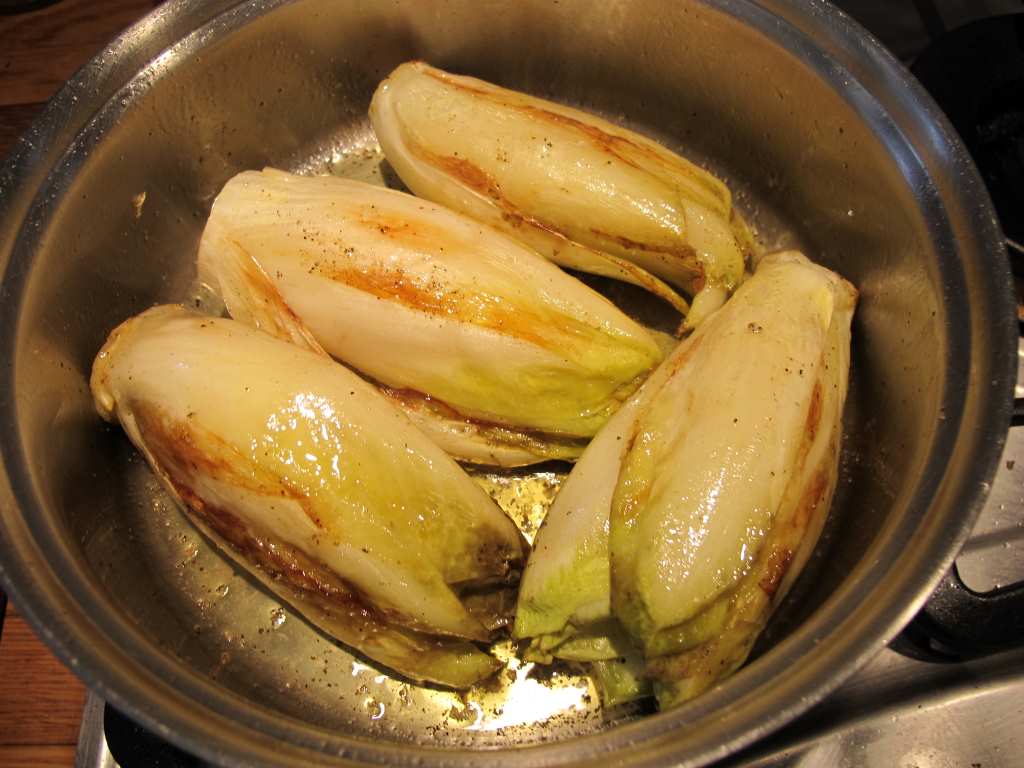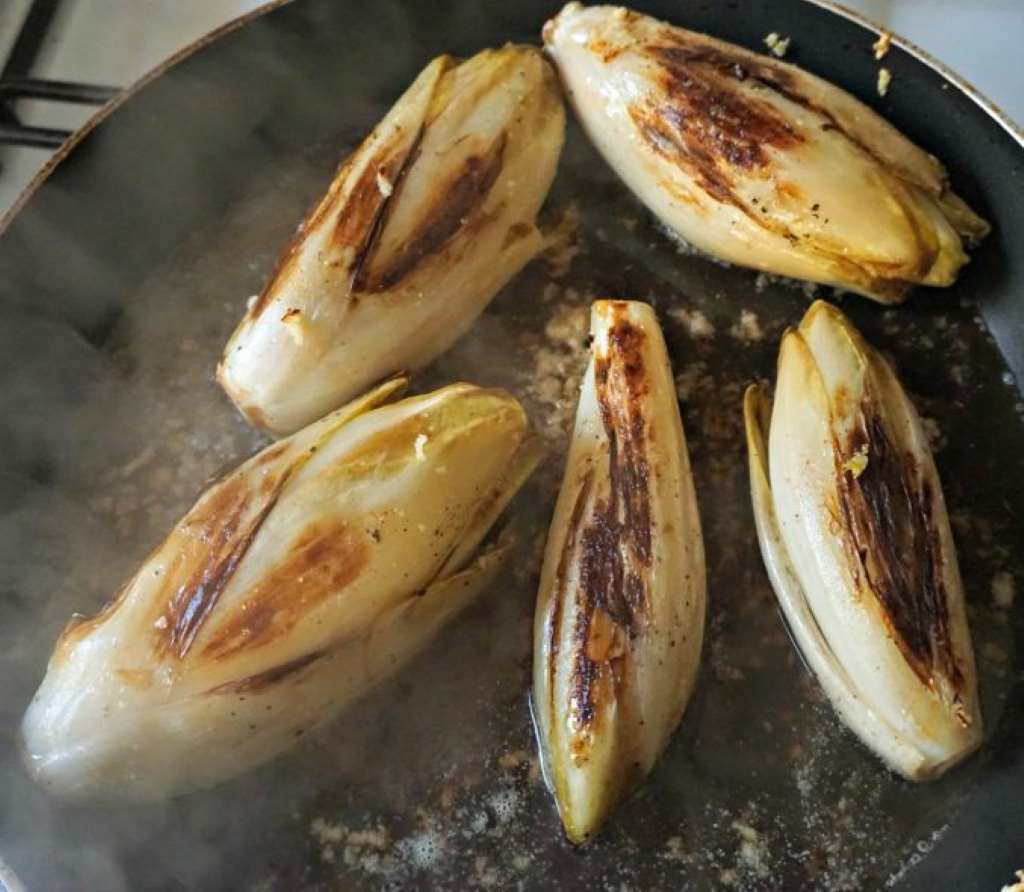
05 May Perfecting Your Endive: A Guide to Boiling Times and Beyond
Endive, a member of the chicory family, offers a delightful and slightly bitter counterpoint to sweeter flavors. It’s a versatile vegetable enjoyed raw in salads or cooked using various techniques, including boiling. If you’re wondering how to achieve the perfect tenderness with boiled endive, this article is for you!
Understanding Endive
Before we dive into boiling times, let’s understand the two main types of endives:
- Belgian Endive: This is the most common type. It has pale yellow, tightly packed leaves with a torpedo shape and a subtle bitterness.
- Curly Endive (Frisée): It’s easily identified by its frizzy, curly green leaves. It boasts a more assertive bitterness.

Why Boil Endive?
Boiling endive is an excellent way to reduce its natural bitterness before adding it to your dishes. The process softens the leaves, making them ideal for salads, braising, or serving as a side dish.
Pre-Boiling Preparation
- Choose Fresh Endives: Look for endives with firm, crisp leaves without any wilting or browning.
- Trim and Wash: Trim a small portion from the base of the endive and remove any damaged outer leaves. Rinse them thoroughly under cold water.
- Remove the Core (Optional): While not essential, removing the core can further reduce bitterness. Cut a small cone-shaped piece from the base.
Boiling Your Endives – The Perfect Time
The ideal boiling time significantly depends on how you plan to use your endives:
- For Salads or Further Cooking: Blanching is perfect for salads or for endives intended for braises or gratins. Boil for 2-3 minutes until softened but still slightly firm.
- As a Side Dish: If you want a tender side dish, increase the boiling time to around 15 minutes or until the endives are very soft.
Important Boiling Tips
- Salt Your Water: Add a generous pinch of salt to the boiling water. It enhances the flavor of the endive.
- Lemon Juice: Add a squeeze of lemon juice to the water to help the endives retain their pale color.
- Don’t Overcrowd the Pot: Make sure your endives have enough space to cook evenly.
- Ice Bath: Immediately shock your blanched endives in an ice bath to stop the cooking process and preserve their color and texture.
Read Also: The Truth About Beet Juice
After Boiling: Draining and Serving
- Drain Thoroughly: After boiling, drain endives well in a colander. Gently squeeze to remove excess moisture, especially if used in salads.
- Serving Suggestions:
- Simple and Delicious: Toss boiled endives with olive oil, lemon juice, salt, and pepper for a classic side dish.
- With a Twist: Add chopped herbs like parsley, chives, or dill to your dressed endives.
- Gratin-Ready: Blanched endives are perfect for layering in cheesy bakes and gratins.
- Salad Star: Add blanched endive leaves to your salads for a touch of bitterness and textural contrast.
Beyond Boiling: Other Cooking Methods
While boiling is a quick and effective technique, endives offer delicious possibilities with other methods:
- Braising: Braise endives in flavorful liquids like broth or wine for incredible depth of flavor.
- Sautéing: Sauté with butter, garlic, and herbs for a quick and fragrant side dish.
- Grilling: Cut endives in half lengthwise and grill them for a slightly charred, caramelized sweetness.
Experiment and Discover Your Favorites
The best way to enjoy endives is to try different cooking methods and discover your preferences. Remember, boiling times serve as a guideline, and feel free to adjust them to match your taste. With a little practice, you’ll master the art of creating delicious and perfectly cooked endive dishes!



Sorry, the comment form is closed at this time.